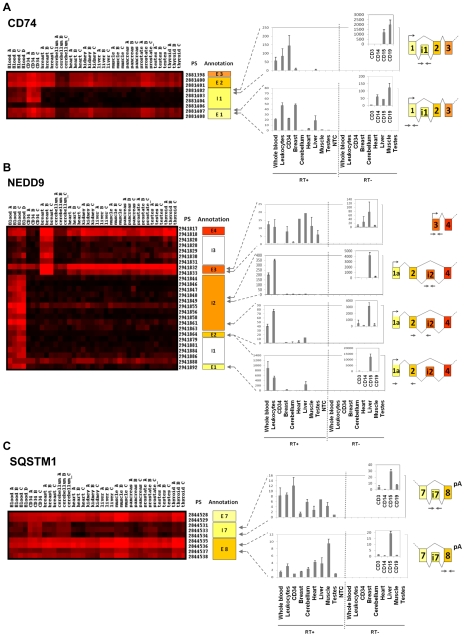Figure 3. Differential exon expression between hematopoietic cells and solid tissues.
qRT-PCR validation for 3 transcripts differentially expressed between hematopoietic cells and solid tissues: CD74 (A), NEDD9 (B) and SQSTM1 (C). Each transcript is defined with its gene name and transcript number and can be visualized as a colored matrix in Amazonia Exon! web site. Expression level is color coded from no expression (black) to high-level expression (red). The exon and PS ID according to Affymetrix numbering are provided on the right of each matrix. Global gene expression can be visualized on http://amazonia.transcriptome.eu/exon.php. For each transcript, a zoom on the expression matrix obtained in Amazonia Exon! is displayed with PS ID. The correspondence between PS and exon/intron numbering according to GenBank is shown on the right of the cluster (E: exon, I: intron, NA: Not Annotated). Arrows represent PCR primers positions. Experimental validation of alternative splicing events by qRT-PCR in whole blood, leukocytes, CD34+ HSPC cells, breast, cerebellum, heart, liver, muscle, testes and CD3+, CD14+, CD15+, CD19+ positive purified populations (RT+). No Template Control (NTC): qRT-PCR without any nucleic acid sample. RT- : qRT-PCR control without reverse transcriptase, demonstrating the absence of DNA contamination. Results are shown as relative expression signals compared to the less expressive tissue (signal at 1). All qRT-PCR were performed at least twice. (A) Our splicing index discovery scheme led us to detect expression of an intronic sequence in CD74 gene specifically in blood and HSPC. Experimental validation confort this result, showing a part of intron 1 expression in CD15 and CD19+ cells. (B) Exon microarray data showed a long form of NEDD9 specifically expressed in blood cells, whereas a short isoform was detected in all tissues studied. QRT-PCR confirmed that a long form was specifically expressed in blood cells, notably in CD15+ cells. Expression of long parts of intron 2 of NEDD9 gene detected by exon array was also validated by qRT-PCR, suggesting a novel exon due to intron retention. (C) Several PS located in intron 7 of the SQSTM1 gene were expressed according to microarray data. We validated the retention of intron 7 by qRT-PCR, showing an overexpression in CD34 cells.

